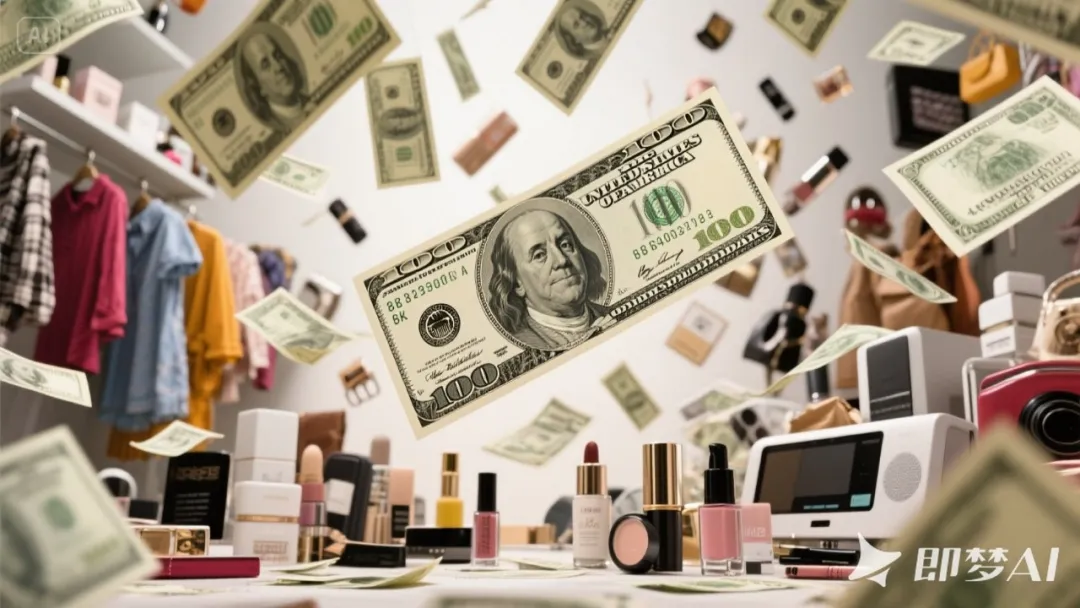May 6, 2025
The era of duty-free low-value imports into the US is officially over.
Effective May 2, 2025, the US Customs and Border Protection (CBP) began enforcing Executive Order 14256 and its amendments, eliminating the "de minimis" exemption for goods from mainland China and Hong Kong. This means:
- No more $800 duty-free threshold: All shipments, regardless of value, must now clear customs under formal entry types (e.g., 01 or 11) and pay full duties/taxes.
- Increased fees: Specific duties per shipment will rise from $100 to $200 starting June 1, 2025.
As global sellers scramble to adapt, this article explores practical—and sometimes risky—strategies emerging in the industry. (Note: Content generated with AI assistance; always consult legal experts for compliance.)
The Old Approach: Many sellers previously over-declared shipment values to secure higher insurance payouts for lost/damaged goods.
The New Tactic: Now, some are shifting to declaring goods at true cost value to minimize duty liabilities.
Risk Warning: This creates a "probability gamble." CBP has intensified scrutiny of Chinese-origin shipments, with inspections likely to increase in frequency and depth amid tense US-China trade relations.
The Strategy: Route shipments via Southeast Asia (e.g., Vietnam, Thailand), obtaining false certificates of origin to bypass "China/Hong Kong direct mail" flags.
Case in Point: The 2024 "xanthan gum case" saw CBP investigate a US importer for transshipping Chinese goods through Mexico, leveraging trade data algorithms to detect abnormal trade patterns.
Feasibility Debate:
- Risk: USMCA reviews in 2026 will prioritize cracking down on transshipment, especially for goods exceeding a country’s proven production capacity.
- Opportunity: With CBP handling 4+ million low-value shipments daily, full inspection is logistically impossible. Some freight forwarders still offer "double-clearance" services, though penalties for non-compliance—fines, seizures, even import bans—are severe.
Suitable for: Larger sellers with risk tolerance and legal buffers.
The Play: Establish manufacturing facilities in Vietnam or other ASEAN nations to reclassify goods as "Southeast Asian origin," potentially qualifying for preferential trade agreements with the US.
Challenges:
- Cost & Time: Multi-million dollar investments and 12-18 month setup delays make this impractical for small businesses.
- Policy Risk: The US may extend restrictions to Chinese-owned factories in Southeast Asia, as seen in past tech export controls.
- Local Competition: Vietnamese manufacturers are rapidly upgrading capabilities, squeezing profit margins for foreign entrants.
The Reality: While markets like the Middle East, Latin America, and Europe are being explored, replacing the US’s $7 trillion consumer economy is daunting:
- EU: Already tightening rules on "dumping" and imposing GDPR-compliance hurdles.
- Emerging Markets: Multilingual operations, cultural nuance, and talent shortages (e.g., Portuguese/Spanish speakers) inflate costs.
The Silver Lining: Historical data shows Chinese sellers’ ability to create new product categories—think AI gadgets, eco-friendly home goods, or niche fashion—that can drive value beyond price alone.

US consumers, accustomed to affordable Chinese goods, may soon feel the pinch of supply chain disruptions. For sellers:
- Short-Term: Weigh the risks of low declaration or transshipment against potential penalties.
- Mid-Term: Invest in hybrid models—partnerships with local US distributors to share duty burdens, or third-party logistics (3PL) providers with proven compliance track records.
- Long-Term: Prioritize product innovation and brand building. As the T86 era ends, the future belongs to those who sell not just goods, but solutions—whether through tech integration, sustainability, or superior user experience.
The US market’s "easy money" days are behind us, but global trade’s evolution presents new frontiers. For sellers willing to adapt, strategize, and comply, opportunities will emerge—just not in the same form as before.

